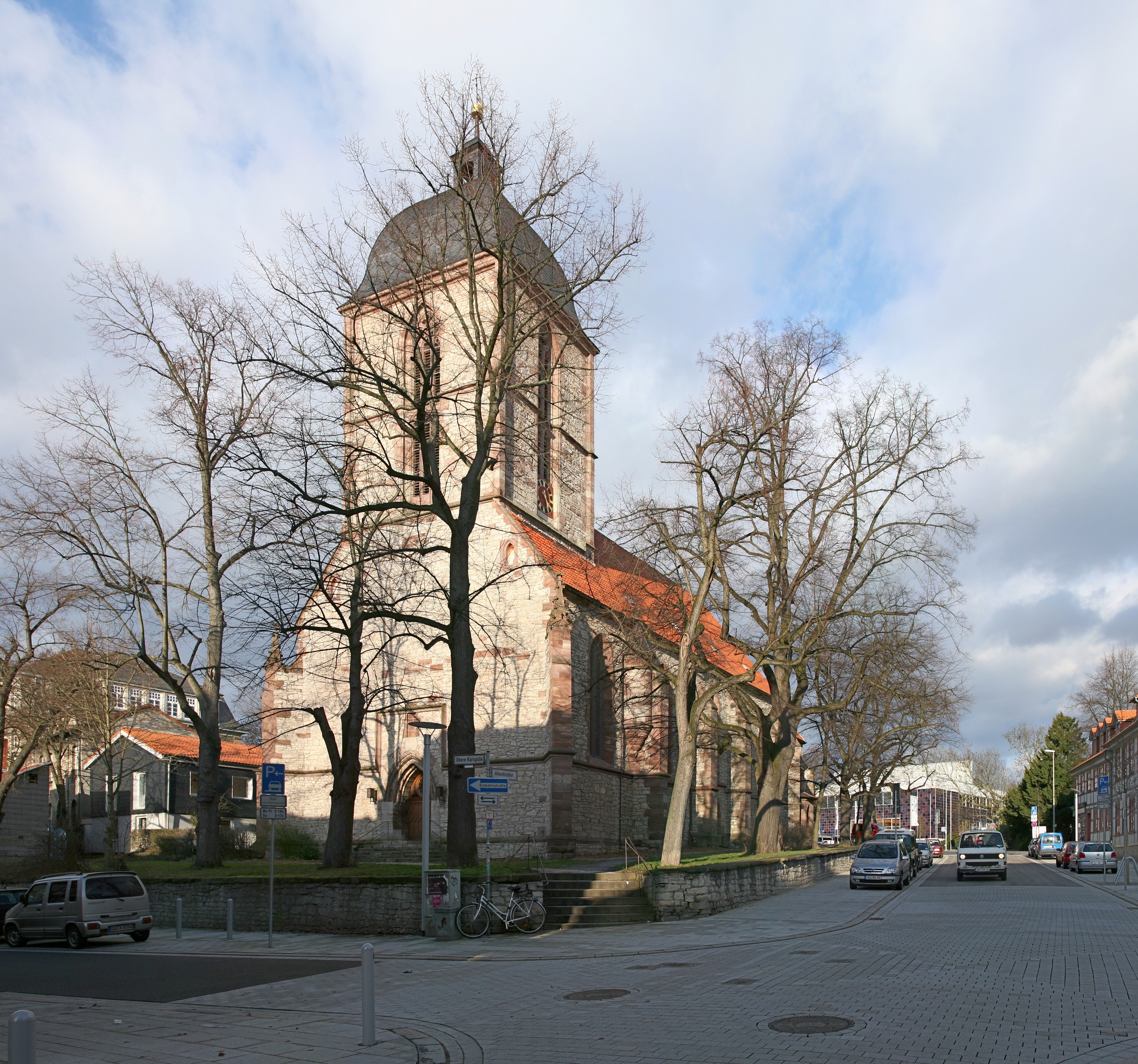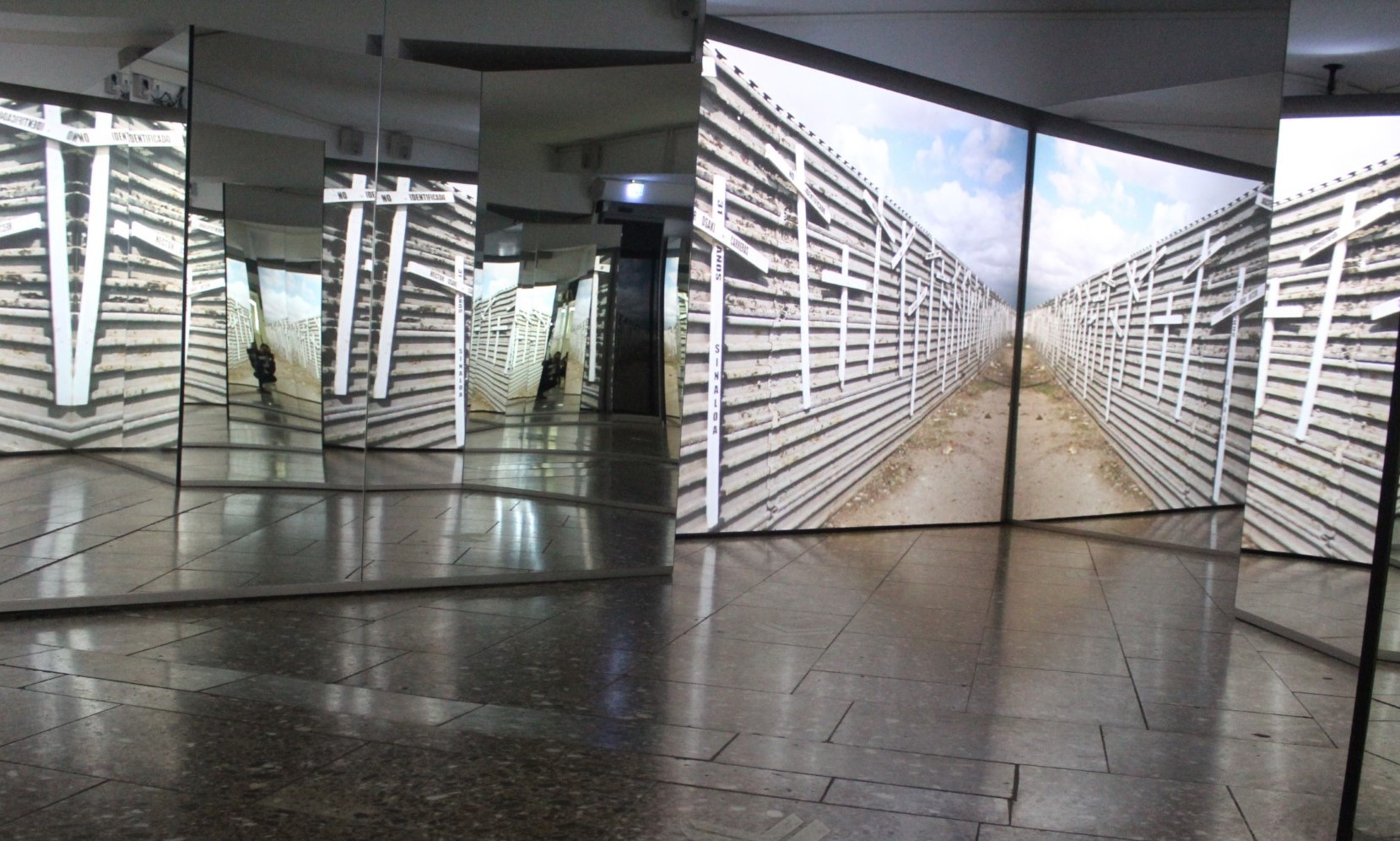|
Göttingen (district)
Göttingen () is a districts of Germany, district () in Lower Saxony, Germany. It is bounded by (from the northwest and clockwise) the districts of Northeim (district), Northeim and Goslar (district), Goslar, and by the states of Thuringia (district of Eichsfeld (district), Eichsfeld) and Hesse (districts of Werra-Meißner and Kassel (district), Kassel, and the district-free city of Kassel). The capital is the university city of Göttingen. History In 1885 the Prussian government established the districts of Göttingen, Münden and Duderstadt within the Province of Hanover. These districts existed for 88 years, before they were merged in 1973 to form the present district of Göttingen. In 1964, the formerly district-free Göttingen city was incorporated into the district. On 1 November 2016, it was reformed by the addition of the former Osterode (district), district of Osterode. Geography The western half of the district is occupied by the Weserbergland mountains. The Weser Ri ... [...More Info...] [...Related Items...] OR: [Wikipedia] [Google] [Baidu] |
Göttingen
Göttingen (, ; ; ) is a college town, university city in Lower Saxony, central Germany, the Capital (political), capital of Göttingen (district), the eponymous district. The River Leine runs through it. According to the 2022 German census, the population of Göttingen was 124,548. Overview The origins of Göttingen lay in a village called ''Gutingi, ''first mentioned in a document in 953 AD. The city was founded northwest of this village, between 1150 and 1200 AD, and adopted its name. In Middle Ages, medieval times the city was a member of the Hanseatic League and hence a wealthy town. Today, Göttingen is famous for its old university (''Georgia Augusta'', or University of Göttingen, "Georg-August-Universität"), which was founded in 1734 (first classes in 1737) and became the most visited university of Europe. In 1837, seven professors protested against the absolute sovereignty of the House of Hanover, kings of Kingdom of Hanover, Hanover; they lost their positions, but ... [...More Info...] [...Related Items...] OR: [Wikipedia] [Google] [Baidu] |
Bad Sachsa
Bad Sachsa is a town in the district of Göttingen, in Lower Saxony, Germany. The town was one of the few municipalities in West Germany that imported electric power from former East Germany. This was done via Neuhof Substation. Geography Bad Sachsa is situated in the southern Harz, approximately 15 km south of Braunlage, and 25 km southeast of Osterode am Harz. History The oldest existing document in which Sachsa is mentioned was written in 1229. The settlement officially gained town status in 1525. Tourism started around 1860. After the town had been recognized as a health resort by the government in 1905 the name was changed to "Bad Sachsa" with "Bad" meaning ''spa''. Bad Sachsa is known for being the town where Berthold Maria Schenk Graf von Stauffenberg and his four siblings were sent by the Nazis in 1944, following the failed 20 July plot. Their father was executed and their pregnant mother was interned in a concentration camp with two elders. The Stauffen ... [...More Info...] [...Related Items...] OR: [Wikipedia] [Google] [Baidu] |
Bad Lauterberg
Bad Lauterberg is a town in the district of Göttingen, in Lower Saxony, Germany. It is situated in the southern Harz, approx. 15 km southwest of Braunlage, and 20 km southeast of Osterode am Harz. Bad Lauterberg is known ''inter alia'' for the liqueurs, '' Schierker Feuerstein'' and ''Harzer Grubenlicht'', which are both manufactured and bottled here. Bad Lauterberg was the birthplace (1879) of the Polar explorer Alfred Ritscher. Politics Town council Town Council after the local elections on September 11, 2016: *CDU: 6 seats *Wählergruppe: 5 seats *SPD: 5 seats *BI: 2 seats *Bündnis 90/Die Grünen: 1 seats *NPD: 1 seat Sights About a mile east of the town in the mountains is the viewing point of ''Hohe Tür'' which is by a mountain lake and on the main Weser-Elbe watershed. It is checkpoint 43 in the Harzer Wandernadel hiking network. [...More Info...] [...Related Items...] OR: [Wikipedia] [Google] [Baidu] |
Bad Grund
Bad Grund (Harz) is a town in the district of Göttingen, in Lower Saxony, Germany. It is situated in the western Harz, approx. 7 km west of Clausthal-Zellerfeld, and 10 km north of Osterode am Harz. Bad Grund is also the name of the former ''Samtgemeinde A (, ; plural: ''Samtgemeinden'') is a type of administrative division in Lower Saxony, Germany. ''Samtgemeinden'' are local government associations of Municipalities of Germany, municipalities, equivalent to the ''Amt (administrative division) ...'' ("collective municipality") Bad Grund, of which Bad Grund formed part. It was disbanded in March 2013 and replaced by the ''Einheitsgemeinde'' Bad Grund. Points of interest * Historic Market Place * St. Antony's Church was built in 1540. The church is surrounded by half-timbered houses dating from the 17th, 18th and 19th centuries G. Ulrich Großmann: ''Hannover und Südniedersachsen'', p. 189. Köln 1999. * WeltWald Harz * Hübichenstein * Hilfe Gottes Mine * I ... [...More Info...] [...Related Items...] OR: [Wikipedia] [Google] [Baidu] |
Amt (political Division)
Amt is a type of administrative division governing a group of municipalities, today only in Germany, but formerly also common in other countries of Northern Europe. Its size and functions differ by country and the term is roughly equivalent to a British or U.S. county. Current usage Germany Prevalence The ''Amt'' (plural: ''Ämter'') is unique to the German '' Bundesländer'' (federal states) of Schleswig-Holstein, Mecklenburg-Western Pomerania and Brandenburg. Other German states had this division in the past. Some states have similar administrative units called ''Samtgemeinde'' (Lower Saxony), ''Verbandsgemeinde'' (Rhineland-Palatinate) or ''Verwaltungsgemeinschaft'' (Baden-Württemberg, Bavaria, Saxony, Saxony-Anhalt, Thuringia). Definition An ''Amt'', as well as the other above-mentioned units, is subordinate to a ''Kreis'' (district) and is a collection of municipalities. The amt is lower than district-level government but higher than municipal government, and may be d ... [...More Info...] [...Related Items...] OR: [Wikipedia] [Google] [Baidu] |
Iron Curtain
The Iron Curtain was the political and physical boundary dividing Europe into two separate areas from the end of World War II in 1945 until the end of the Cold War in 1991. On the east side of the Iron Curtain were countries connected to the Soviet Union, and on the west side those that were NATO members. Economic and military alliances developed on each side of the Iron Curtain, and it became a term for the physical barriers of razor wire, Fence, fences, Fortified wall, walls, minefields, and Watchtower, watchtowers built along it. The nations to the east of the Iron Curtain were People's Republic of Poland, Poland, East Germany, Socialist Republic of Czechoslovakia, Czechoslovakia, Hungarian People's Republic, Hungary, Socialist Republic of Romania, Romania, People's Republic of Bulgaria, Bulgaria, People's Republic of Albania, Albania, and the USSR; however, Reunification of Germany, East Germany, Breakup of Czechoslovakia, Czechoslovakia, and the Dissolution of the USSR, USS ... [...More Info...] [...Related Items...] OR: [Wikipedia] [Google] [Baidu] |
East Germany
East Germany, officially known as the German Democratic Republic (GDR), was a country in Central Europe from Foundation of East Germany, its formation on 7 October 1949 until German reunification, its reunification with West Germany (FRG) on 3 October 1990. Until 1989, it was generally viewed as a communist state and described itself as a Socialist state, socialist "workers' and peasants' state". The Economy of East Germany, economy of the country was Central planning, centrally planned and government-owned corporation, state-owned. Although the GDR had to pay substantial war reparations to the Soviets, its economy became the most successful in the Eastern Bloc. Before its establishment, the country's territory was administered and occupied by Soviet forces following the Berlin Declaration (1945), Berlin Declaration abolishing German sovereignty in World War II. The Potsdam Agreement established the Soviet occupation zone in Germany, Soviet-occupied zone, bounded on the east b ... [...More Info...] [...Related Items...] OR: [Wikipedia] [Google] [Baidu] |
Inner German Border
The inner German border ( or ''deutsch–deutsche Grenze''; initially also , zonal boundary) was the frontier between the East Germany, German Democratic Republic (GDR, East Germany) and the West Germany, Federal Republic of Germany (FRG, West Germany) from 1949 to 1990. ''De jure'' not including the similar but physically separate Berlin Wall, the border was an irregular L-shaped line, long. It ran south from the Baltic Sea and then east to the border of Protection of Czechoslovak borders during the Cold War, Czechoslovakia. It was formally established by the Potsdam Agreement on 1 August 1945 as the boundary between the Allied-occupied Germany, Western and Soviet occupation zones of Germany. On the Eastern side, it was made one of the world's most heavily fortified frontiers, defined by a continuous line of high metal fences and walls, barbed wire, alarms, anti-vehicle ditches, watchtowers, automatic booby traps and minefields. It was patrolled by 50,000 armed GDR borde ... [...More Info...] [...Related Items...] OR: [Wikipedia] [Google] [Baidu] |
Borderland Museum Eichsfeld
The Borderland Museum Eichsfeld is a history museum located in Central Germany at the former Inner German border, inner-German border between East Germany, East and West Germany. It deals with the Cold War in general and the German division in specific. The museum exhibitions are situated in a complex of buildings at a former border crossing point near Göttingen and Kassel in the Eichsfeld region. The museum area also includes a circular hiking trail. It leads along the former Iron Curtain, which was transformed into the European Green Belt after the Cold War had ended. Historical development After the end of World War II, defeated Germany was divided into four occupation zones. The Eichsfeld region and many families who lived here were separated by the Allied-occupied Germany#British Zone of Occupation, British and the Allied-occupied Germany#Soviet Zone, Soviet zone, and from 1949 onwards by the two German states. As early as the 1950s and '60s, the Eichsfeld region was t ... [...More Info...] [...Related Items...] OR: [Wikipedia] [Google] [Baidu] |




